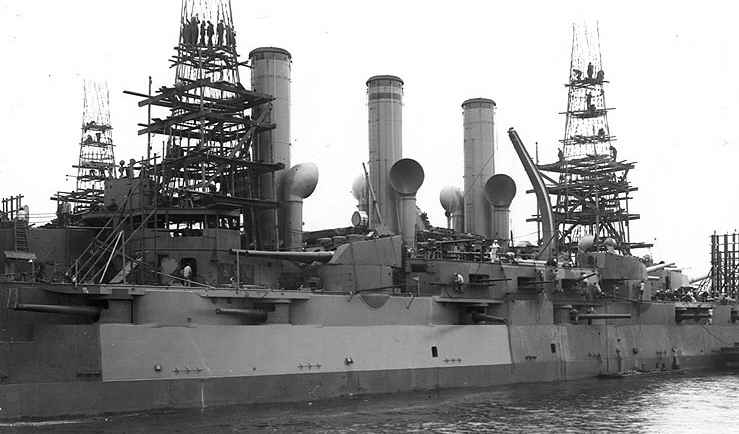|
Many guns removed from old battleships were used as mobile land artillery (tractor mountings) during World War I. The mountings were designed by BuOrd and built by the Baldwin Locomotive Works in Philadelphia, Pennsylvania. The US Marines ordered 20 of these guns and the Army ordered 34 guns. 18 guns were delivered to the Marines and 20 to the Army prior to the Armistice, but none of these were actually used in France. One of the tractor mountings still exists and has been restored, as can be seen on the additional pictures page. An additional number of guns, still in their naval pedestal mountings, were used as railway guns during World War I. During World War II, a number of the surviving guns were used in emergency coastal defense batteries. Two of the coastal guns still exist at Ft. Derussy at Pearl Harbor, Hawaii and as of 2006, four more were mounted at Bora Bora, French Polynesia. In 1908 AP projectiles were fitted with a longer ballistic cap of 7crh which improved their penetration ability at longer ranges. Mark 1 was a built up gun with Welin breech block and uniform rifling 1/25. Mark 2 was similar but used a liner and had increasing rifling 0 to 1/25. It was also one caliber or some 7" (17.8 cm) longer than the Mark 1. Most guns built appear to have been Mark 2 models. |

USS Vermont B-20 in 1909
|
| .
|